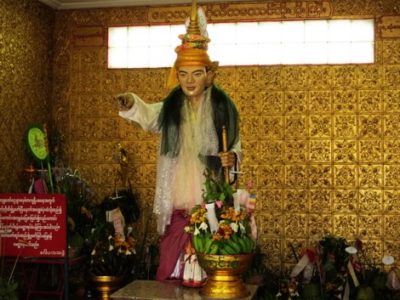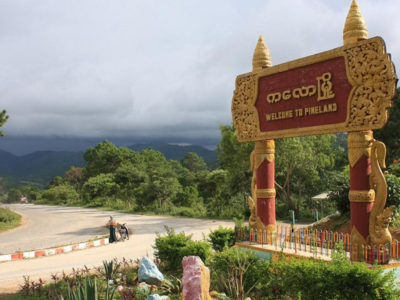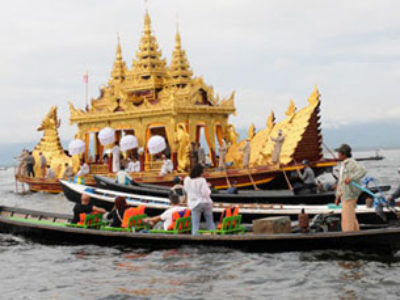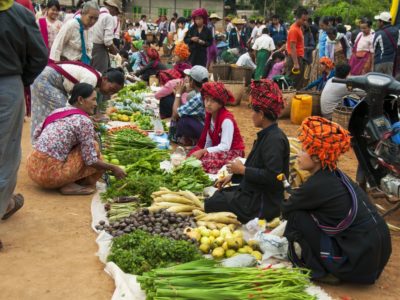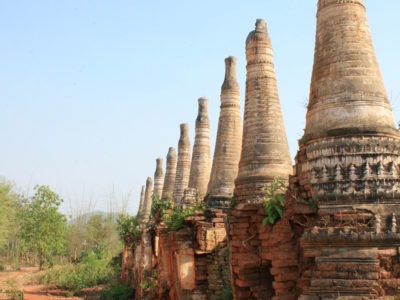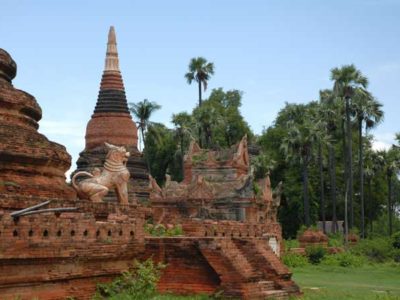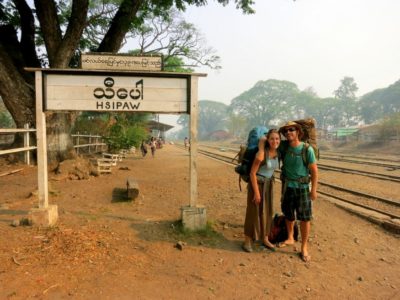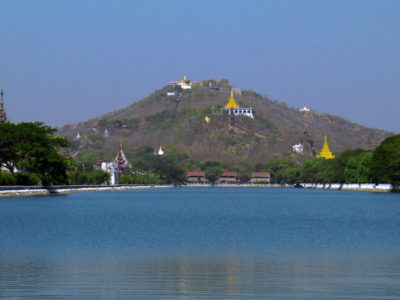Botahtaung Bo Bo Gyi
Comment are off
Bo BoGyi means great grandfather, traditionally refers to the name of a guardian spirit, nat, unique to each Burmese Buddhist temple or pagoda. Bo BoGyi is typically depicted as a nearly life-sized elderly man, dressed in a curved cap and sometimes carrying a cane, to signify old age.Offerings of scarves and paso are common by worshipers. There are many Bo BoGyi shrines throughout the country, and some are more widely respected than others.Botahtaung Bo BoGyi is more famous among the Thai tourists who repeatedly visit the Bo BoGyi shrine yearly as their wishes are said to be fulfilled. They would like their forehead to be touched by Bo BoGyi’s pointed figure and make a wish. Continue Reading






